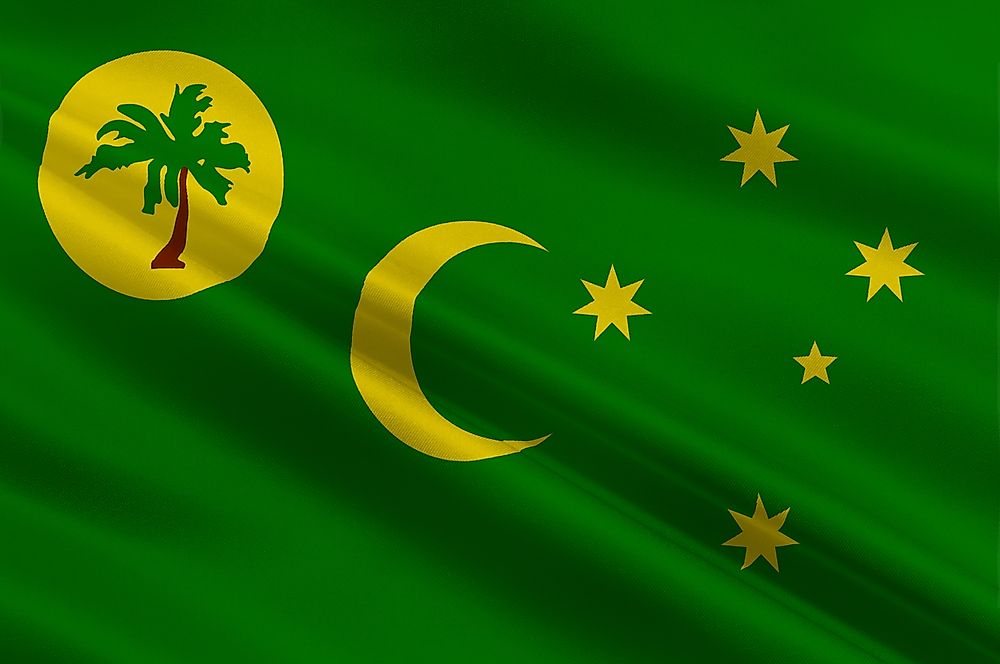

However, the dramatic shift away from coconut in Esmeraldans’ diet is likely due to its sharp rise in prices. Habits have changed and new industrialized foods have been introduced in the diet of Ecuadorians, particularly since the 1970’s. Indeed, coconut was ubiquitous in Esmeraldans’ everyday life 50 years ago, but no longer. Coconut palms grew on rural farms and in the backyards of anybody’s house.
#Economics coconuts capital island skin
Homemade coconut oil was commonly used as a skin and hair conditioner, and medicinally as a laxative.

Grated coconut and panela are the only two ingredients in a still popular traditional desert: “cocadas.” Boiling hand grated and pressed coconut milk with panela and spices made manjar de coco, a thick, sweet coconut treat. Coconut meat pieces with grated panela (evaporated cane juice) made a snack, and masato-ripe sweet plantain, coconut milk and cinnamon smoothie-was a refreshing, energizing drink at any time of day. A typical day could include hot chocolate made with freshly pressed coconut milk and local cocoa bean paste for breakfast, guanta or fish encocado for lunch, and vegetable soup in coconut milk for dinner. Older men and women testify to eating coconut in almost every single meal of their day. In the old days, Esmeraldans made everything encocado. It is an essential part of their bio-ecologic and cultural heritage, and of their collective history as an ethnic and regionally distinctive people. But for black Esmeraldans, encocado is a potent symbol of their identity. “Encocado” (literally “coconuted”), the iconic Esmeraldan seafood or meat stew cooked in coconut sauce, sparks the imagination and ignites the taste buds of Ecuadorians. While a high altitude tuber like the potato makes the food of the highlands distinctive, coconut is the essential ingredient in Esmeraldan cuisine. The coastal area highlights the regional cuisine of Esmeraldas, particularly seafood, a major attraction for visiting tourists.Įcuador has a rich and varied cuisine due to its diverse ecological geography. Esmeraldas’ beaches are a mere 6-7 hours drive from the capital city of Ecuador, Quito. For working class mestizos (mixed race) from major cities in the highlands like me, Esmeraldas has always been the number one vacation destination. Located on the northern Pacific Coast of Ecuador and bordering with Colombia, Esmeraldas is a region populated mostly by people of African descent. Here, I tell a story about coconut and food gentrification with a view from the Global South, t hat is, as a native Ecuadorian.Įsmeraldas (literally “emeralds”) is known locally as the “green province,” la provincia verde, alluding to the lush vegetation of its humid tropical forests. Indeed, the local and global forces of culture, economics, and politics play a role in the not-so-new phenomenon of food gentrification. and Europe, and the consequential rising international prices, were harming local farmers and consumers in South American countries where quinua is native. The discussion focused on whether demand in the U.S. Early on, quinua (translated in English as ‘quinoa’) was on the table for debate. south–collard greens–to the rank of the trendy health food kale. Talk about food gentrification has been on the Internet lately surrounding Whole Foods' new campaign to elevate a staple in the traditional cuisine of the U.S.


 0 kommentar(er)
0 kommentar(er)
